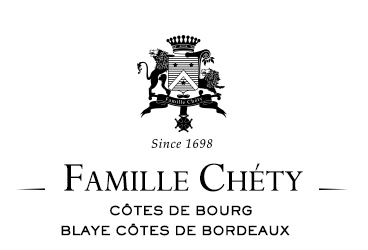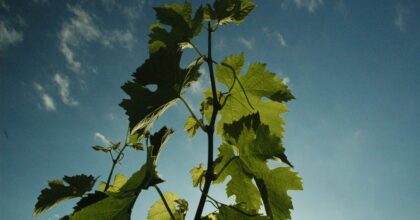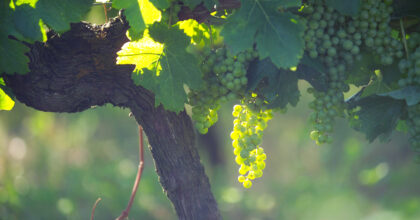

Vigne
La vigne dont est issue le vin n’a reçu aucun traitement chimique de synthèse au cours des 3 dernières années minimum. Pour amender le sol et lutter contre la maladie et les parasites. le vigneron bio doit utiliser exclusivement des produits d’origine naturels, comme le cuivre et le soufre.
Vinification
Une fois le raisin vendangé, les processus de vinification et la liste des intrants autorisés sont légèrement plus restrictifs que dans le cadre de la réglementation générale. Un vin rouge biologique ne devra pas, par exemple, excéder un niveau de sulfites de 100 mg/l contre 160 mg/l dans le cadre de la règlementation générale.

Famille Chéty, Marchand de talc
Dans la famille Chéty, nous poudrons depuis X année du talc sur les feuilles de nos vignes. Oui, vous avez bien lu, du TALC ! Au début, Mr Chéty était moqué par ses confrères lorsqu’il propageait du talc dans ses vignes. Aujourd’hui, les bienfaits du talc sont reconnus de tous pour leurs effets absorbant, asséchant et stérique. Cela permet de protéger la surface de la feuille du soleil, des micro-organismes ou des substances sécrétées qui altèrent la plante.
Souffre & cuivre
Dans la même lancée, nous utilisons le souffre et le cuivre sous différentes formes depuis X année pour lutter contre les maladies fongiques, telles que le mildiou, le black rot et l’oïdium. En complément, nous appliquons des adjuvants à base d’huile végétale.
Vinification avec des produits naturels
A l’époque, 3/4 de nos produits étaient d’origines naturelles. Depuis 2019, c’est l’ensemble de nos produits utilisés lors de la vinification qui sont naturels.

Respect
Le respect des exigences règlementaires bio en matière de pratiques culturales, de vinification et d’étiquetage.
Contrôle
Le contrôle et la certification par un organisme indépendant, reconnu par l’état : l’INAO (Institut National de l’Origine et de la Qualité).
Reconnaissance
La reconnaissance d’un vin bio dans tous les pays de l’Union européenne.